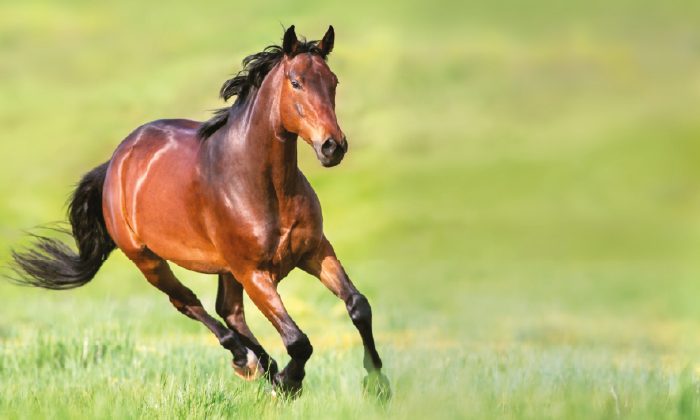
To all those who live together with dogs and cats it will have happened, at least once, to caress your animal and see black insects move quickly in the thick hair or to find strange black balls, like sand, attached to their fur. Well yes, it's about fleas and their defections! ì
Fleas are gods small brown insects belonging to the order of Siphonacteres. I'm ectoparasite (external parasites) devoid of wings but equipped with long and robust legs that allow him to jump easily and to move from one guest to the other without too many problems.

Dog flea (Ctenocephalides canis)
Few know, however, that the flea, in addition to causing annoyance to the animal by entering its fur causing annoyance, is responsible for many more serious problems!
Fleas are bloodsucking insects, which therefore they feed on blood. If present in large numbers they can provoke anemia (for the excessive amount of blood "drawn" from the animal) which, if not "cured" in time, can lead to serious consequences, especially in puppies or very small animals.
Fleas, during the bite, can transmit several pathogens usually responsible for serious pathologies. For example, they transmit rickettsie, obligate intracellular bacteria, cause of fever, bleeding and anemia, very dangerous for animals and humans. In cats, and in rare cases in dogs or directly in humans, fleas can be carriers of bartonella (Bartonella henselae), bacterium that is responsible for scratch disease transmitted to man following precisely scratches or bites from the cat. It is a pathology that usually causes skin lesions, fever and increased lymph node volume with fatigue, discomfort and pain.

But fleas are also intermediate guests, capable of transmitting gods intestinal parasites. It is the case of the Canine dipylidium also known as had of the cane. The adults are flat worms, even 60 cm long, which live in the intestine by feeding on the food ingested by the host animal. The sexual reproduction of tapeworms is of the hermaphrodite type and the eggs are disseminated through the detachment of a part of their body (proglottis) that contains them. Eliminated in the stool, the proglottids appear as small moving grains of rice, a useful contraction to free the eggs. The flea, at the larva stage, ingests the eggs becoming the carrier of the parasite; in turn, dog, cat and accidentally the man, infest themselves by ingesting the carrier flea. Tapeworm infestation is generally asymptomatic, but it can cause weight loss and general malaise.

By feeding on blood, fleas can also be responsible, with their saliva, for real ones allergic reactions in our 4-legged friends, causing severe itching, hair loss, abrasions and secondary infections. This allergic form is called allergic flea bite dermatitis.

Fleas are i more frequent skin parasites on our pets!
The adults live on the animal feeding on blood while their eggs, even 30 a day for a single flea, fall to the ground, thus originating the larvae which, hiding in sheltered and dark places (under the furniture, in the corners, under the carpets ...) they will generate new adults. A flea is enough to give rise to a real infestation!

Flea eggs
Due to the new external and house climatic conditions, fleas are no longer a seasonal problem, but they are present all year round. It is therefore essential, for the well-being of the animal but also for the healthiest possible human-animal relationship, to treat all year round to prevent, and possibly cure, our 4-legged friends. Infestations can be avoided with countless products on the market, some of which are chemically synthesized, others of natural origin and free of toxicity, to be preferred for puppies, lactating females, elderly animals or with other serious problems (kidney, liver ... .) or whenever you want protect without causing damage to the environment or danger to people who gravitate around the animal (especially children). Why the prevention is the most effective cure that we have available!

Dr. Paola Zintu
(Veterinarian)
Approved by CTS Union BIO


















